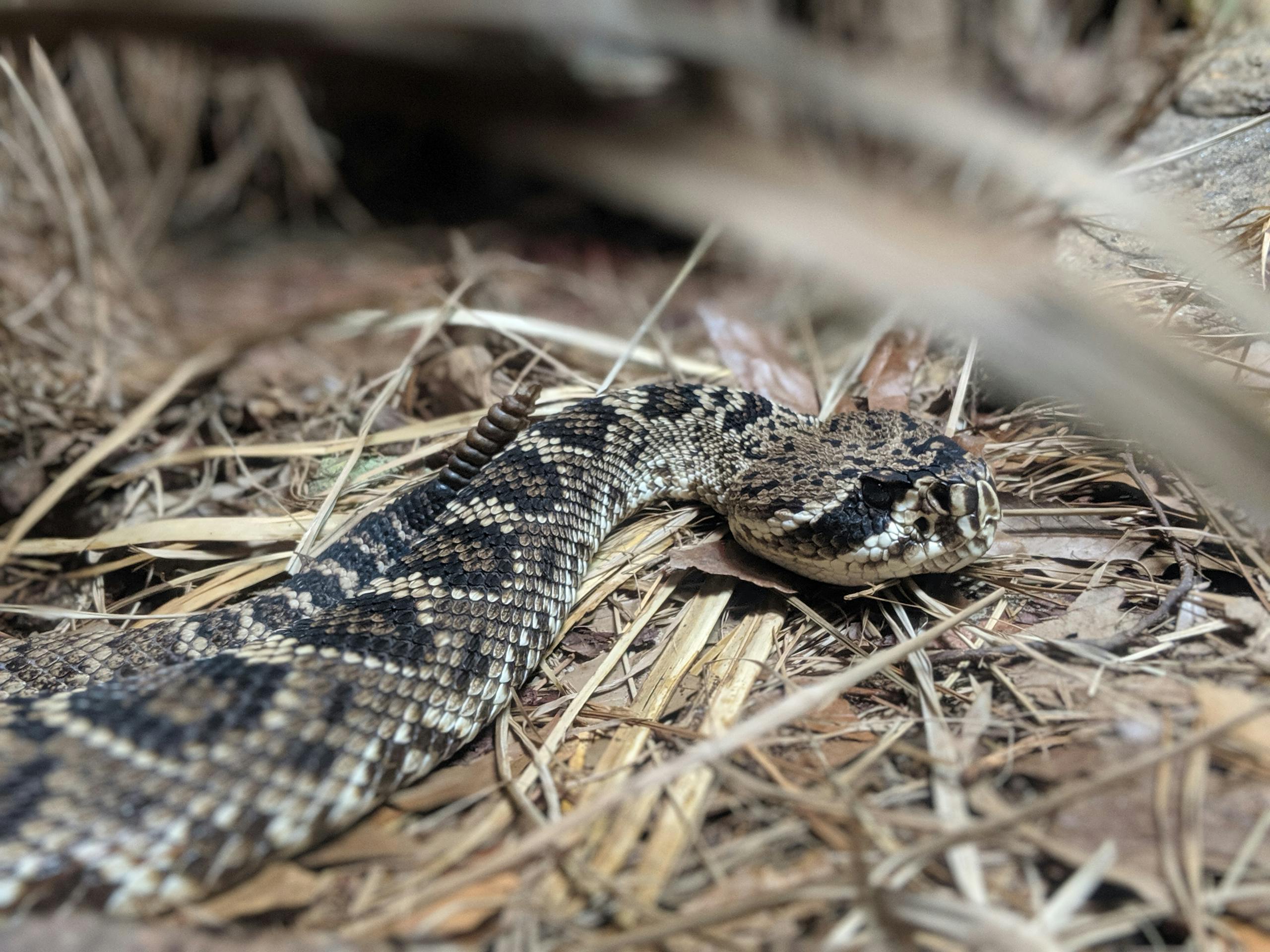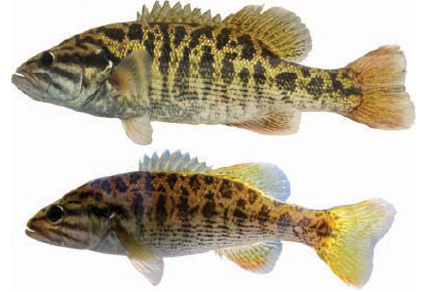Livestreaming Rattlesnakes: How Cameras Are Changing Minds About One of Nature’s Most Misunderstood Creatures

A new study from California Polytechnic State University (Cal Poly) is showing that livestreaming the private lives of rattlesnakes might be one of the most unexpectedly powerful tools for conservation education. The project, known as Project RattleCam, is giving people a chance to see these snakes up close in real time—and it’s working. Viewers are reporting a transformation in how they feel about rattlesnakes: from fear and disgust to respect, curiosity, and even admiration.
The study, published in June 2025 in the journal Frontiers in Amphibian and Reptile Science, was led by Dr. Emily Taylor, a biological sciences professor at Cal Poly, alongside graduate students Owen Bachhuber and Max Roberts, and several collaborators. The findings reveal how livestream technology can help reshape public perception of animals that have long been maligned.
What Project RattleCam Is All About
Project RattleCam started in 2021 when researchers first installed an off-grid camera at a small Western Rattlesnake (Crotalus oreganus) rookery in California. The goal was simple but ambitious: to use live video to connect the public with an animal that’s usually feared or misunderstood.
Encouraged by positive feedback, the team expanded in 2024, installing a second camera at a Prairie Rattlesnake (Crotalus viridis) mega-den in Colorado. This larger den hosts dozens of snakes that gather to hibernate and give birth. The livestream ran from May 15 through November 5, 2024, capturing births, basking, shedding, and even interactions between mother snakes and their young—behaviors rarely seen by humans.
The team isn’t stopping there. A third livestream is already being planned for spring 2026, focusing on the Timber Rattlesnake (Crotalus horridus) in Pennsylvania.
How the Cameras Work
Setting up an off-grid livestream in a remote snake den is no small task. The Colorado setup used an Axis Q6225-LE PTZ security camera, capable of full 360-degree pan, tilt, and zoom, equipped with infrared night vision (850 nm), a heated lens, and even a built-in wiper to keep it clear during bad weather.
The camera was mounted on a galvanized steel pole, anchored securely into the ground with threaded rods and earth anchors. Because the location was far from any power lines, the team used solar panels and a battery bank to keep the camera running. Internet access came through a cellular network using a Verizon plan that transferred roughly 38 gigabytes of data per day.
Even with this sophisticated setup, the researchers faced challenges—especially during storms, when connection issues or buffering occurred. They noted that while Starlink satellite internet could be used, it would require doubling the power supply, making the setup heavier and more expensive.
The Results: Millions of Views and Changing Hearts
The results have been extraordinary. Since 2021, Project RattleCam’s YouTube channel has grown to over 21,300 subscribers, with more than 4.4 million total views and around 350,000 hours of watch time.
When the Colorado livestream went public in 2024, it captured massive attention—83 news articles were written about it, and between July and November 2024, the channel gained 13,761 new subscribers.
But beyond the numbers, what truly stands out is the emotional shift among viewers. Many who once feared or hated snakes began expressing fascination and compassion. People wrote that watching rattlesnakes care for their newborns and interact calmly changed how they saw the species. Some admitted they used to think killing snakes was acceptable—but now they felt remorse for ever believing that.
The live chat accompanying the stream became a community science hub. Viewers shared observations, asked questions, and learned directly from researchers and student moderators who engaged with them in real time. This dynamic interaction helped foster empathy and curiosity rather than fear.
Why This Matters
Rattlesnakes are among the most misunderstood animals in North America. They’re often portrayed as dangerous villains in movies and media, leading to widespread fear. Yet these snakes play a vital ecological role by controlling rodent populations and maintaining balance in their ecosystems.
By livestreaming their daily lives, Project RattleCam offers a counter-narrative—showing snakes as complex, social creatures that care for their young and coexist peacefully with one another. The researchers argue that these firsthand glimpses into snake behavior can reduce irrational fear and promote environmentally responsible behavior.
The project has even reached elementary school classrooms, where students from grades 3–5 use the livestream as a learning tool. Teachers report that kids become curious rather than scared, asking questions about snake biology and ecology. This kind of early exposure can play a huge role in building empathy for wildlife later in life.
Beyond Snakes: The Power of Livestreaming in Conservation
Livestreams of wildlife aren’t new—bears catching salmon in Alaska, eagles raising chicks, and coral reefs teeming with fish have all drawn millions of viewers. But what’s unique about Project RattleCam is its focus on unpopular animals.
Most wildlife livestreams feature charismatic, “cute” species. Few show animals that people fear. By choosing snakes, the project challenges the idea that only beautiful or harmless species deserve attention. It demonstrates that visibility itself—seeing animals in their natural context—can create empathy.
The study also emphasizes that technical guidance is as important as the educational aspect. Many conservationists want to set up their own wildlife livestreams but don’t know where to start. The Cal Poly team provided detailed, step-by-step documentation of their setup, including camera types, power systems, connectivity solutions, and cost considerations. This open sharing aims to make similar projects easier for other scientists and educators.
Rattlesnakes: More Than Just a Rattle
For those unfamiliar, rattlesnakes are venomous pit vipers found across North and South America. They’re known for the rattle at the end of their tails—a warning signal, not a threat. Rattlesnakes rarely bite unless provoked, and their venom is primarily used to subdue prey, not attack humans.
There are about 36 recognized species of rattlesnakes, including the Western, Prairie, and Timber rattlesnakes featured in Project RattleCam. They typically live in dry regions, rocky outcrops, or grasslands, and some species gather in communal dens during winter.
Female rattlesnakes give birth to live young, and in many species, mothers stay with their newborns for days or weeks, offering protection and even thermoregulation—a behavior that surprises many viewers who associate reptiles with cold detachment. Seeing this kind of maternal care on camera helps people understand that snakes aren’t emotionless or mindless—they have evolved complex social behaviors that benefit their young.
A Push Against Rattlesnake Roundups
Beyond the livestreams, Dr. Emily Taylor has been active in public campaigns to end rattlesnake roundups, which are events where snakes are captured and killed for entertainment or trophies, especially in parts of the rural Midwest and South. She advocates instead for professional snake removal and relocation services when people encounter snakes on their property.
These efforts align with the core goal of Project RattleCam: coexistence. The more people understand and appreciate snakes, the less likely they are to harm them out of fear.
The Road Ahead
The researchers plan to continue expanding Project RattleCam, with the Timber Rattlesnake livestream in Pennsylvania expected to go live in 2026. Each new camera adds to the growing body of data on rattlesnake behavior while bringing new audiences into the conversation.
The team hopes other scientists will use their published methods to create similar educational livestreams for other misunderstood animals—from bats to spiders. The combination of accessible technology and online engagement offers a low-cost, high-impact tool for conservation education.
In a world where more people are connecting with nature through screens than in person, projects like RattleCam show that even virtual encounters can inspire empathy and protect biodiversity.
Research Reference:
Using Livestreaming Technology to Connect the Public with Secretive and Maligned Animals (Frontiers in Amphibian and Reptile Science, 2025)





